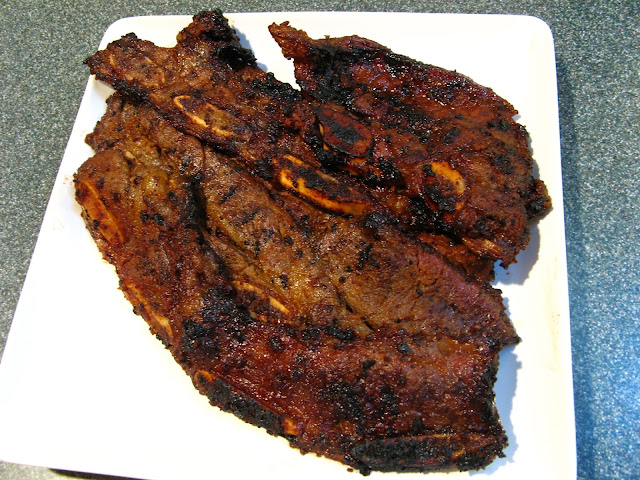Like the Grilled
Gochujang (Hot Pepper Paste) Pork Ribeye Steaks recipe, I used Korean hot
pepper paste (gochujang) and hot pepper powder (gochugaru) in a marinade for
grilled chicken breasts. The amount of hot pepper powder can be varied
depending upon your tolerance for spiciness. The hot pepper paste actually
provides more sweetness to the dish than spice, so there’s no need to use
hoisin sauce (my usual sauce used in marinades). Sake is also used in the
marinade in place of my usual Shaoxing wine.
Enjoy!






